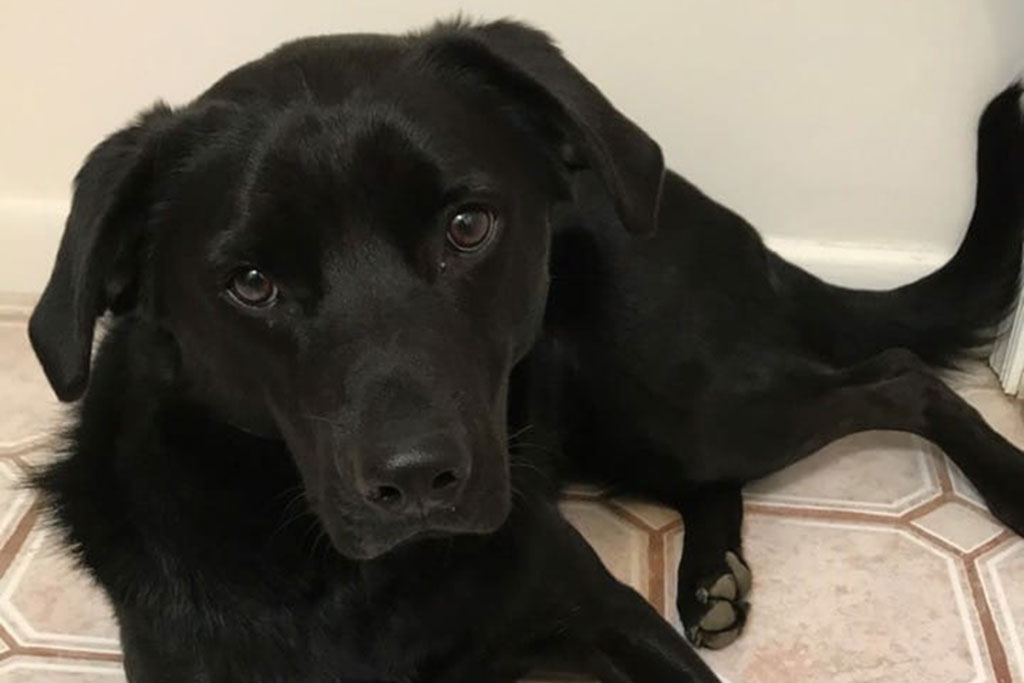Editor’s Note: Healthy Paws is a column sponsored and written by the owners of Clarendon Animal Care, a full-service, general practice veterinary clinic and winner of a 2017 Arlington Chamber of Commerce Best Business Award. The clinic is located 3000 10th Street N., Suite B. and can be reached at 703-997-9776.
So many pet owners have been there…
You’re sitting in your living room watching TV while snuggling with your best bud, when all the sudden you hear a startling noise. You both jump with fright, but soon realize it was just a car backfiring outside. The next thing you know, you’re overwhelmed by what smells like a garbage full of raw fish or a pair of old unwashed gym socks.
You look to your right and see your furry pal — back arched, hackles up and a guilty look on his face. What is that?! That, my friend, is the smell of anal gland secretions. (Flip to the next photo in the gallery below to see where they come from.)
Most mammals have anal glands, which secrete a scented material for varying purposes. Skunks use them to create their characteristic stench as a weapon against their predators. Opossums use them to add a scent factor to the illusion of “playing dead.”
Dogs and cats use them as a means of marking their territory and identifying each other with their own unique “perfume.” This is why most introductions between dogs start with a good sniff of the derriere.
Dogs and cats have anal sacs, little pockets that store this foul-smelling sebaceous secretion from the anal glands. The anal sacs are located just inside the anus at the 4 and 8 o’clock position and are about the size of a pea to a small marble, depending on the size of your pet.
The material in the glands is watery, beige to brown-tinged and it is meant to express naturally on a regular basis during normal defecation. Sometimes, it can also be excreted unintentionally when your pet tenses when startled.
Many pets don’t need any help expressing their anal sacs if nature is doing its job. There are several factors, however, that might impede this natural process. With all the anatomic variation among breeds of dogs and cats, some may have slightly unusual hind end anatomy.
Also, stools must be regular, formed and large enough to facilitate expression. Pets with chronic soft stools may have a harder time expressing their anal sacs naturally. Lastly, sometimes the sacs become inflamed and abnormal due to an underlying allergy.
If the anal sacs aren’t able to express, they can become impacted or infected, and this will require treatment by your veterinarian.
Symptoms to watch for that would indicate your pet is having an anal sac problem include excessive licking around the rear, brown staining of the fur around the rear, red and irritated skin around the rear, a swelling or discharge around the rear, a very continuous foul smell from the rear, or the dreaded obsessive butt-scooting (always seems to be when you have company over, too).
Unfortunately, the occasional slip when a car backfires outside your window is actually normal and one of those things we have to endure as the price for our pal’s unconditional love.




